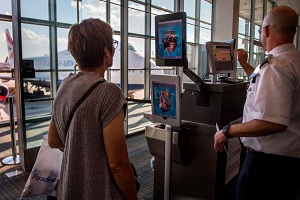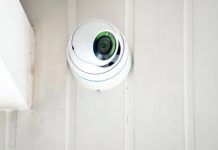The Transportation Security Administration (TSA) has unveiled a multi-step plan to make increased use of facial recognition and other biometric-identification tools to improve accuracy and speed wait times. TSA, which has tested biometric systems in Los Angeles and Atlanta, will start using the technology on international travelers entering and leaving the United States and then expand to tests on domestic passengers enrolled in the agency’s PreCheck program, according to a 23-page report outlining TSA’s plans.
“With the threat to aviation evolving every day, developing the next generation of security technology with our industry partners is critically important,” TSA Administrator David Pekoske said. TSA is following on the heels of Customs and Border Protection, which is boosting its use of facial recognition for people entering the United States.
Airline passengers must show proof of identification before entering a TSA screening lane along with their boarding pass. This allows TSA to check names against terrorist watch lists and verify identities of passengers. Using facial-recognition software or fingerprints would replace those manual checks and are seen as less prone to fraud. The technology is also being evaluated by airlines, such as Delta Air Lines, which announced in September it is building a biometric terminal in Atlanta so passengers can check in for flights without having traditional IDs.
The TSA hasn’t proposed widespread facial-recognition scans of crowds at airports. The agency is also taking steps to protect people’s privacy and won’t allow use of the data for purposes other than its mission unless individuals consent, the agency said in its road map.








